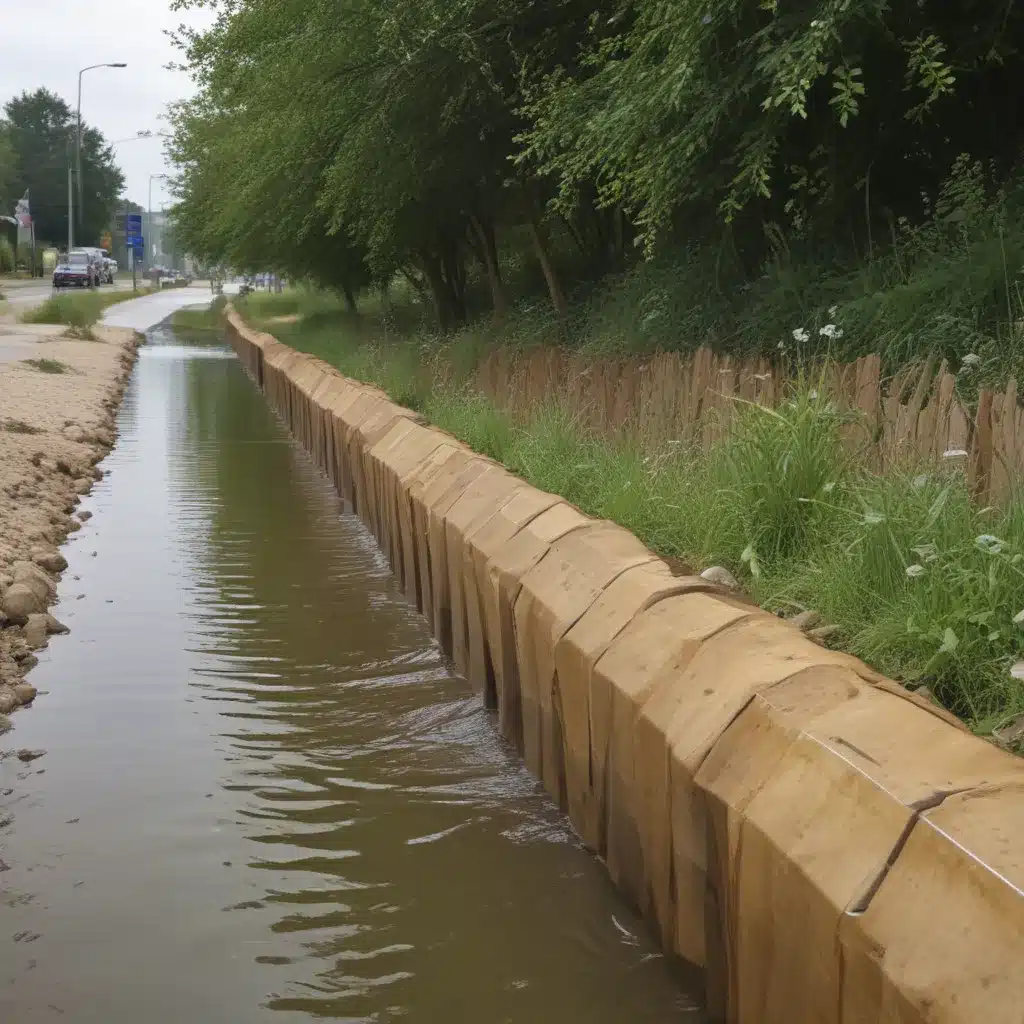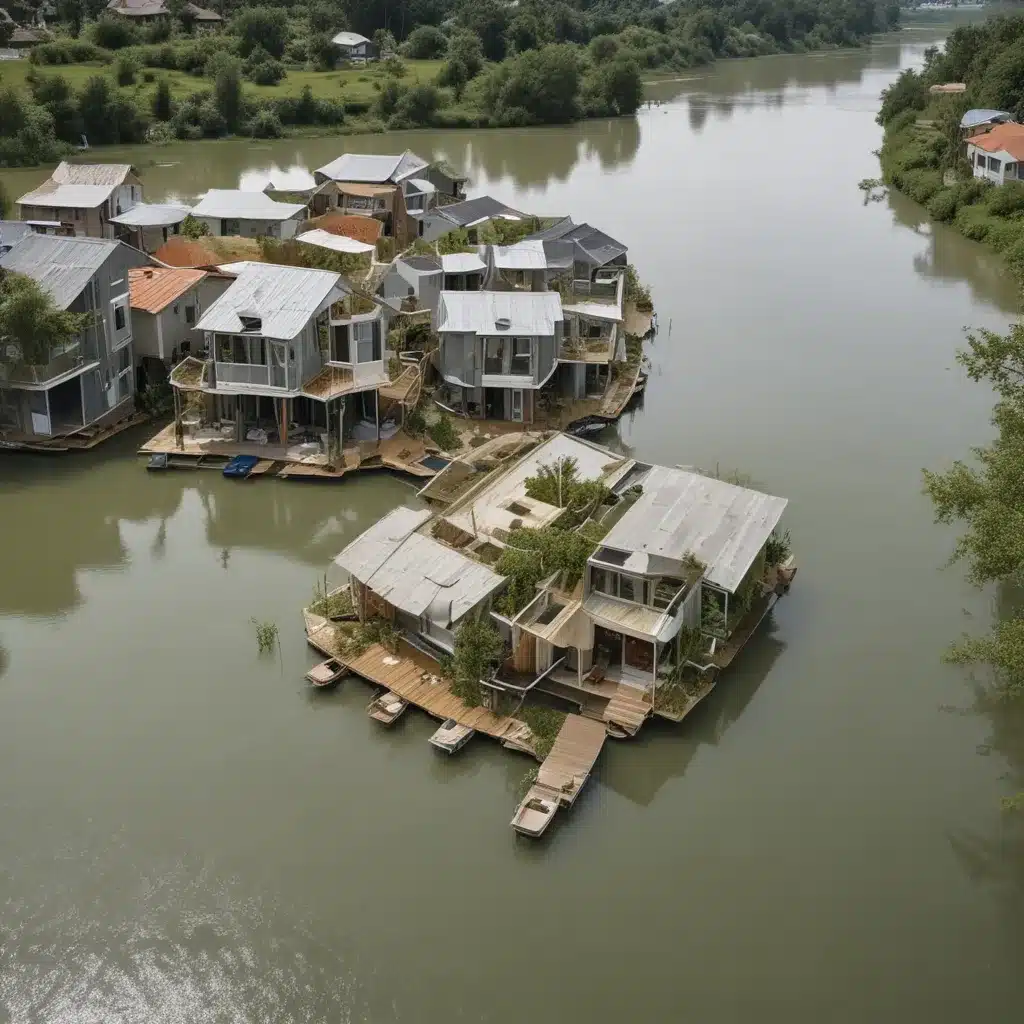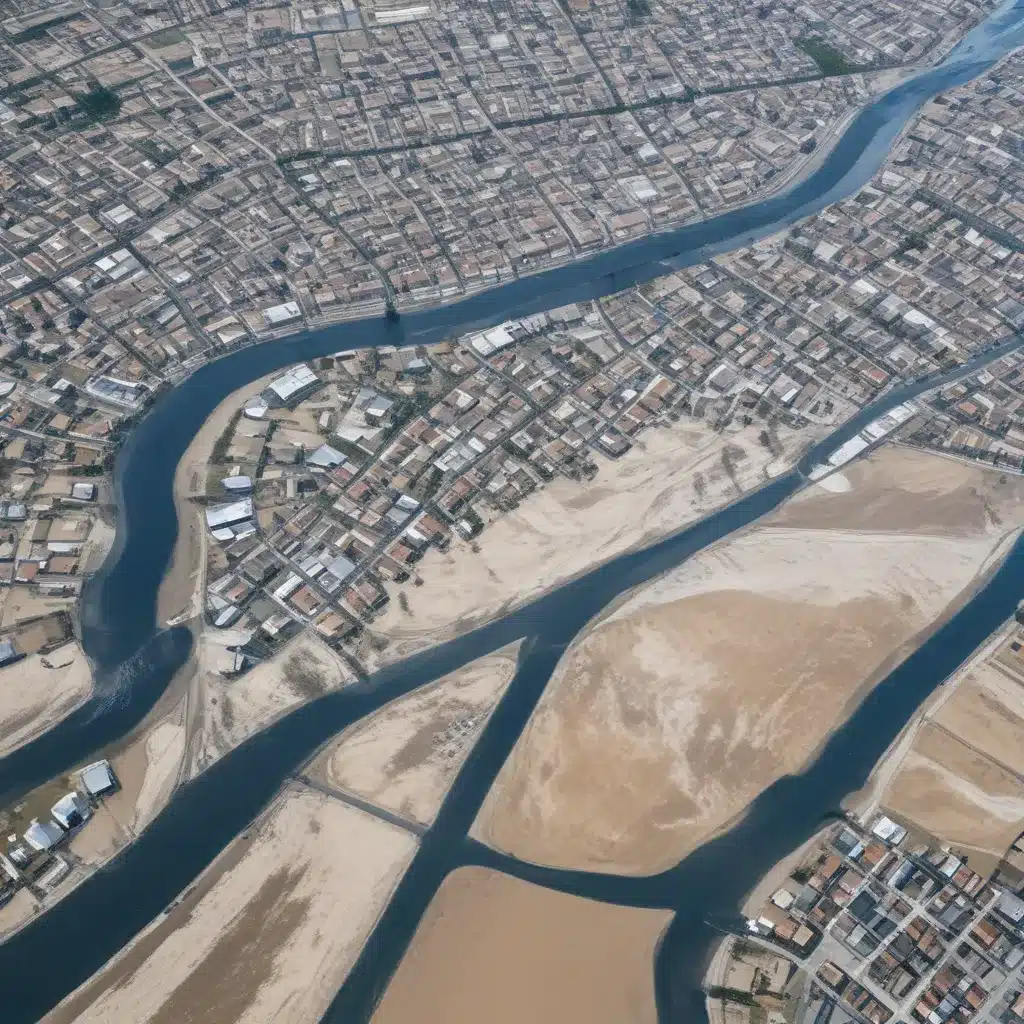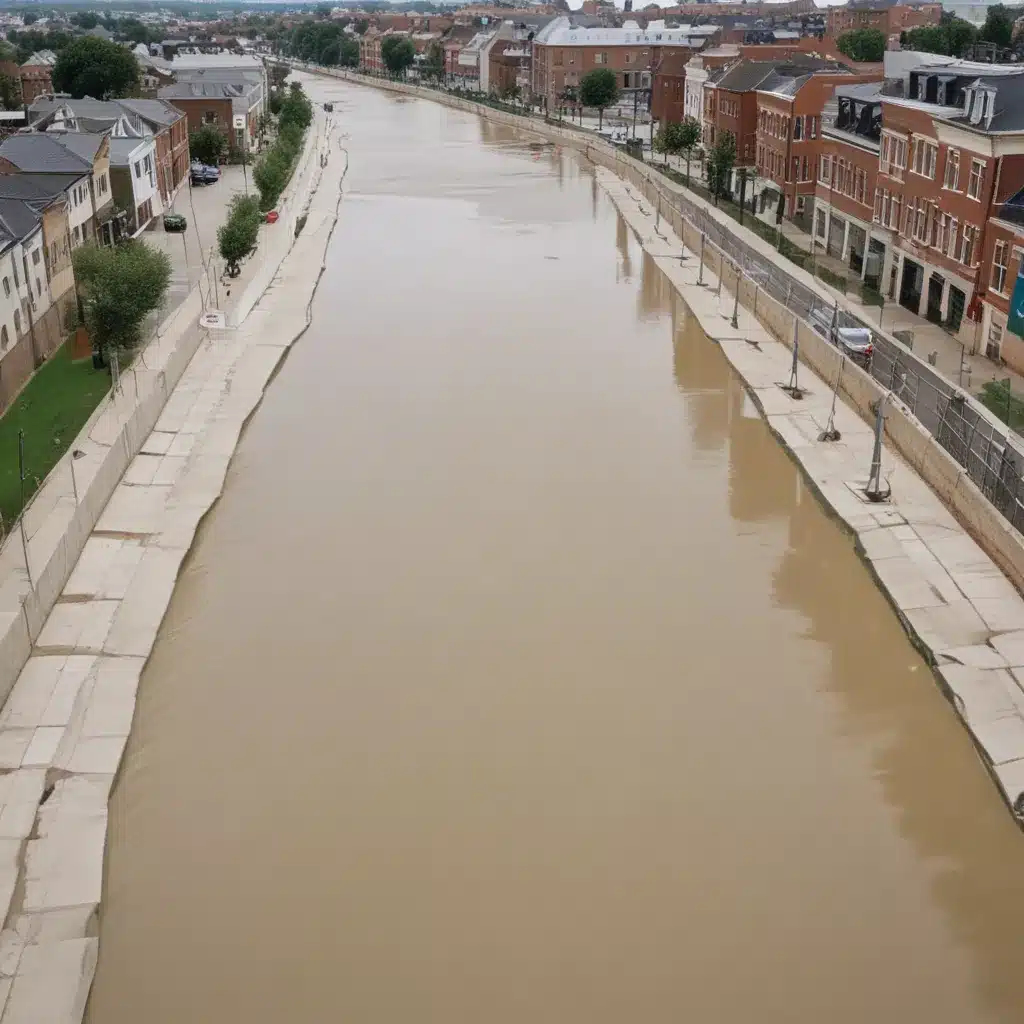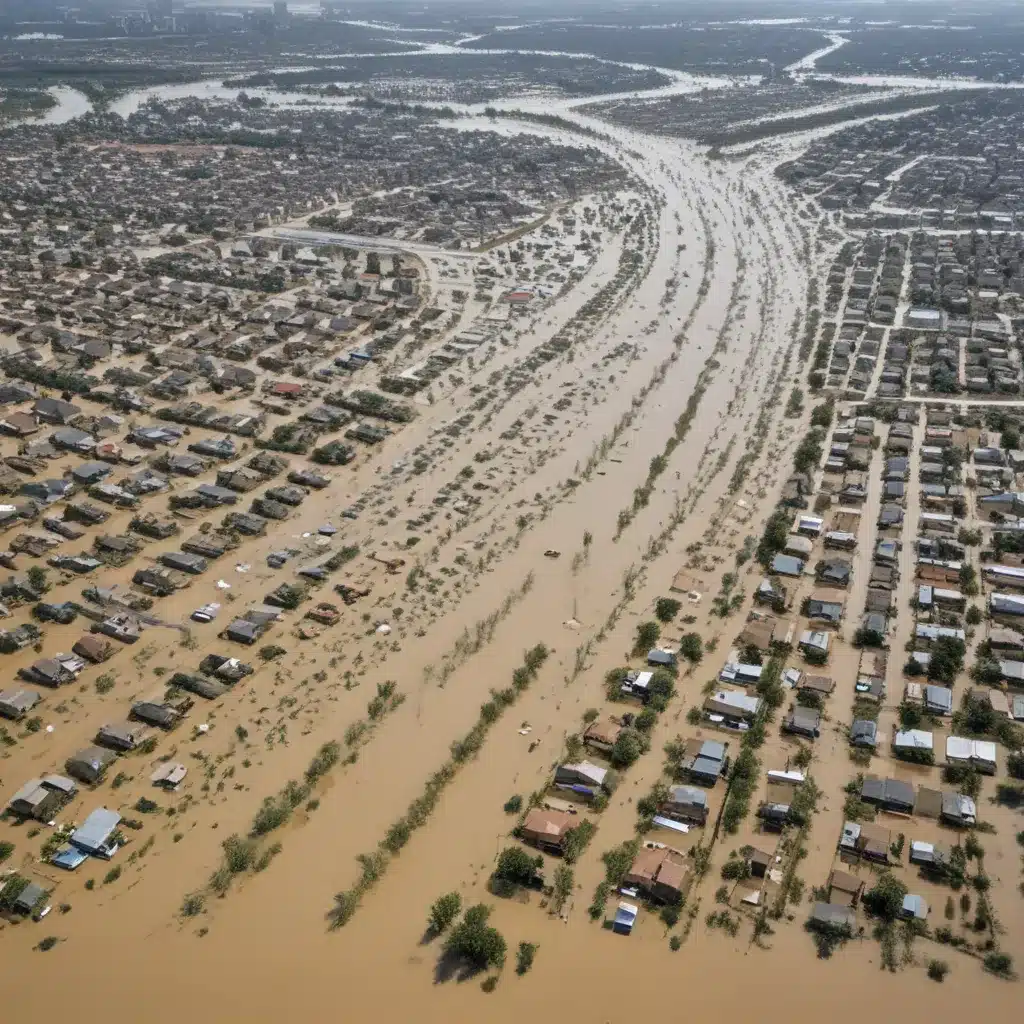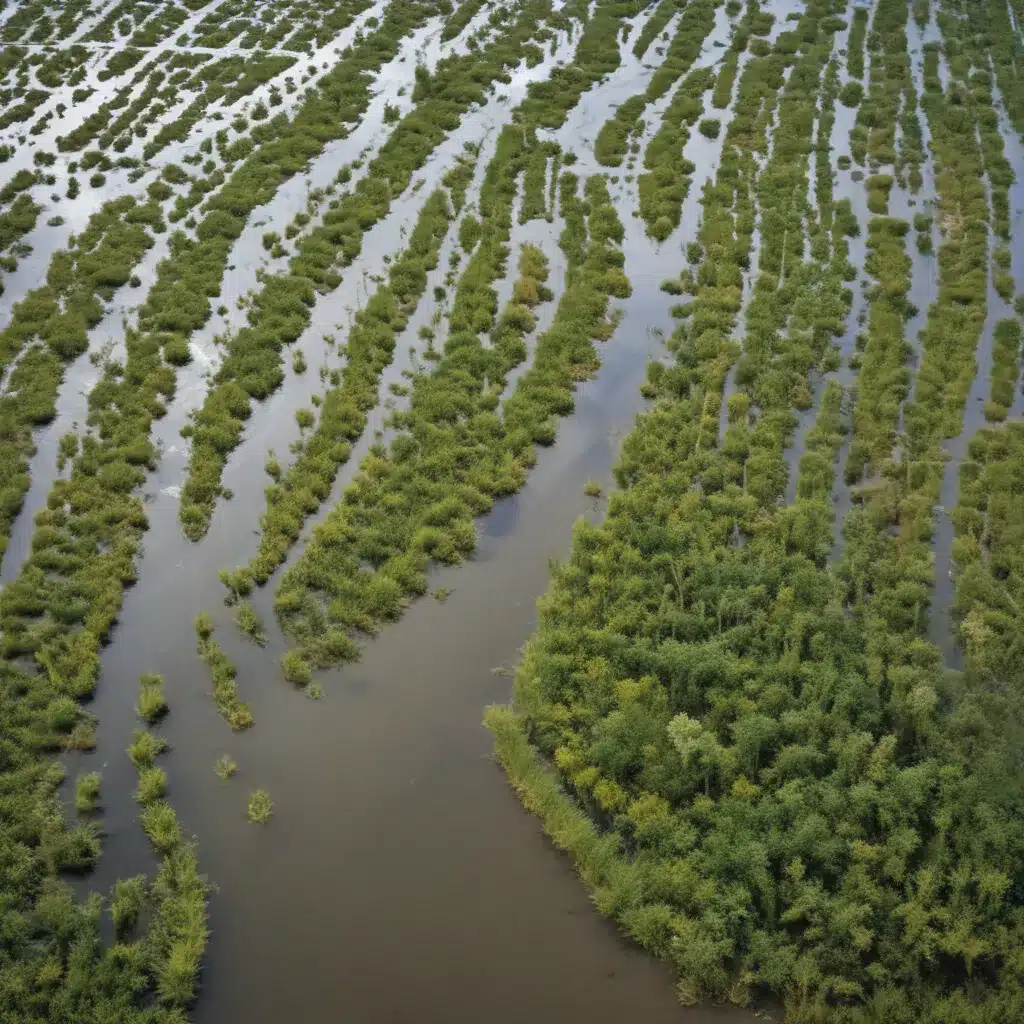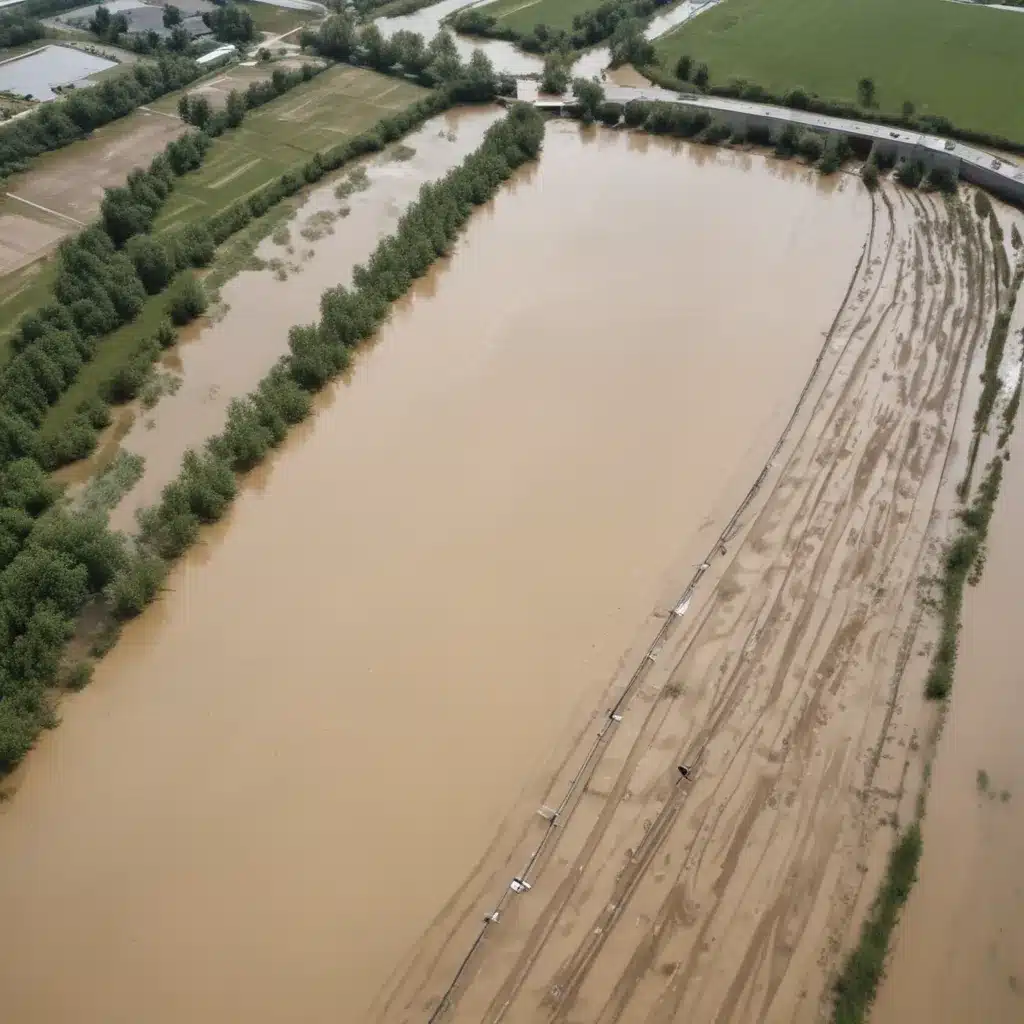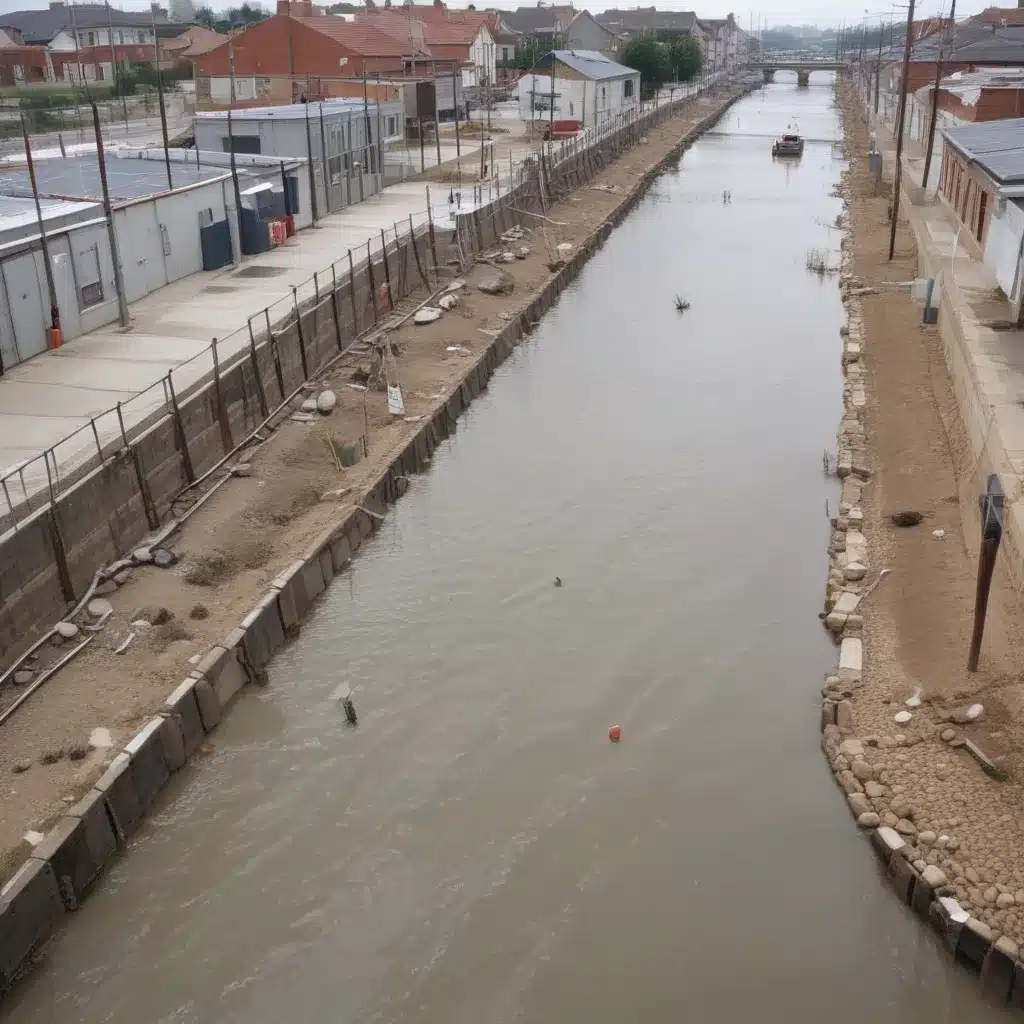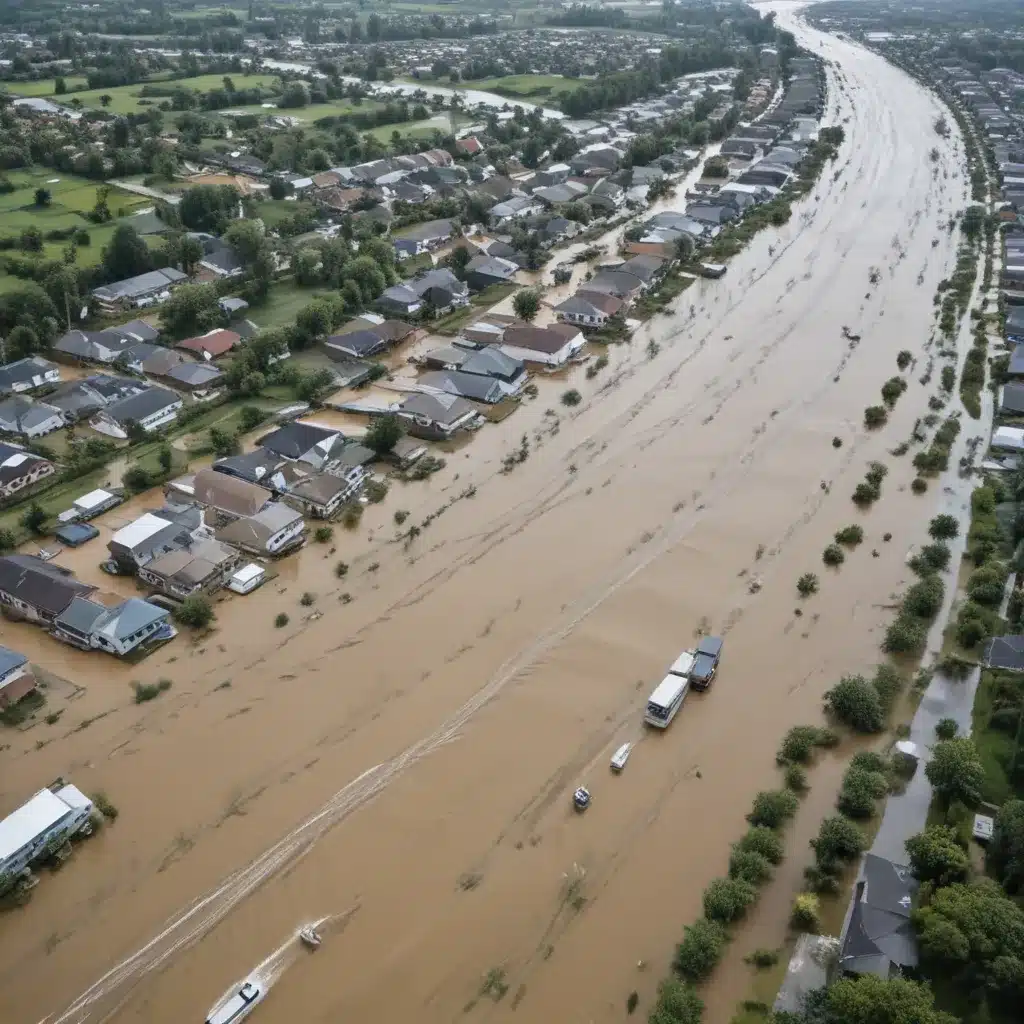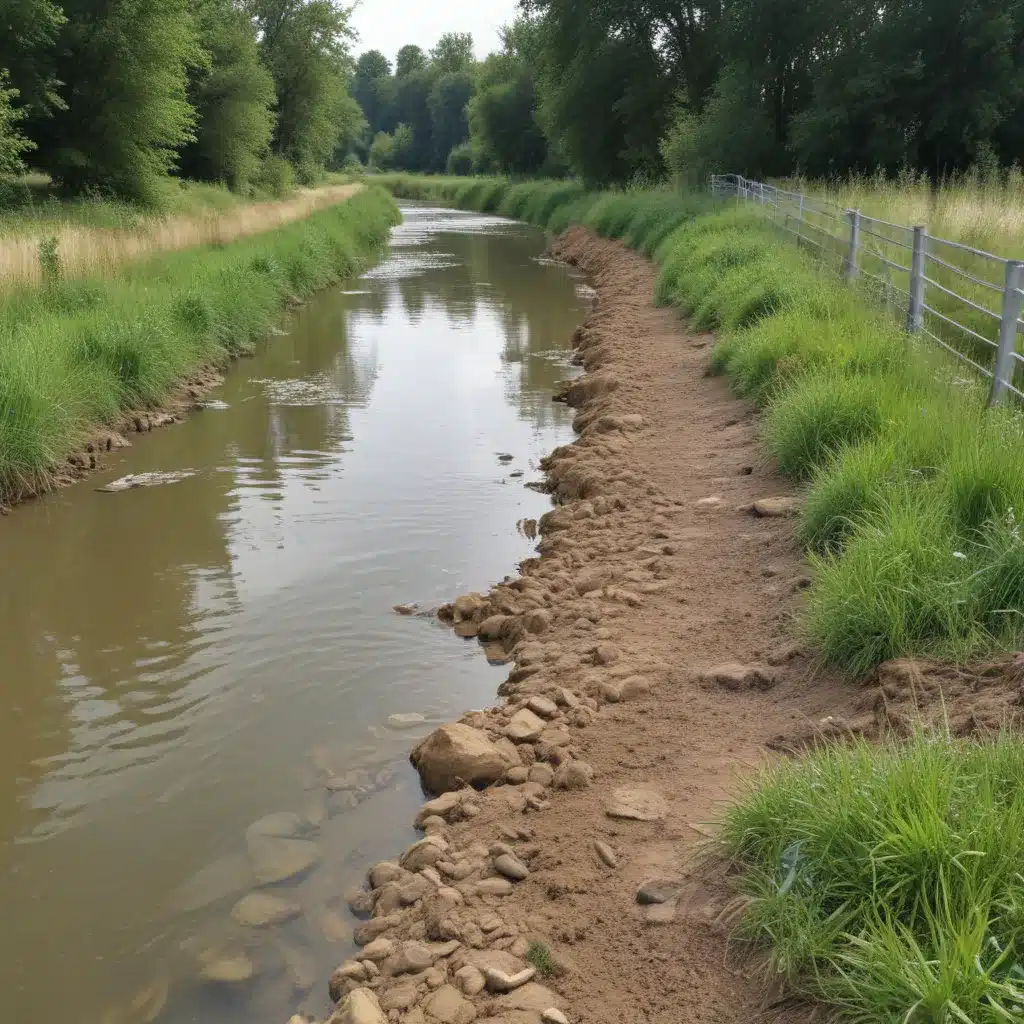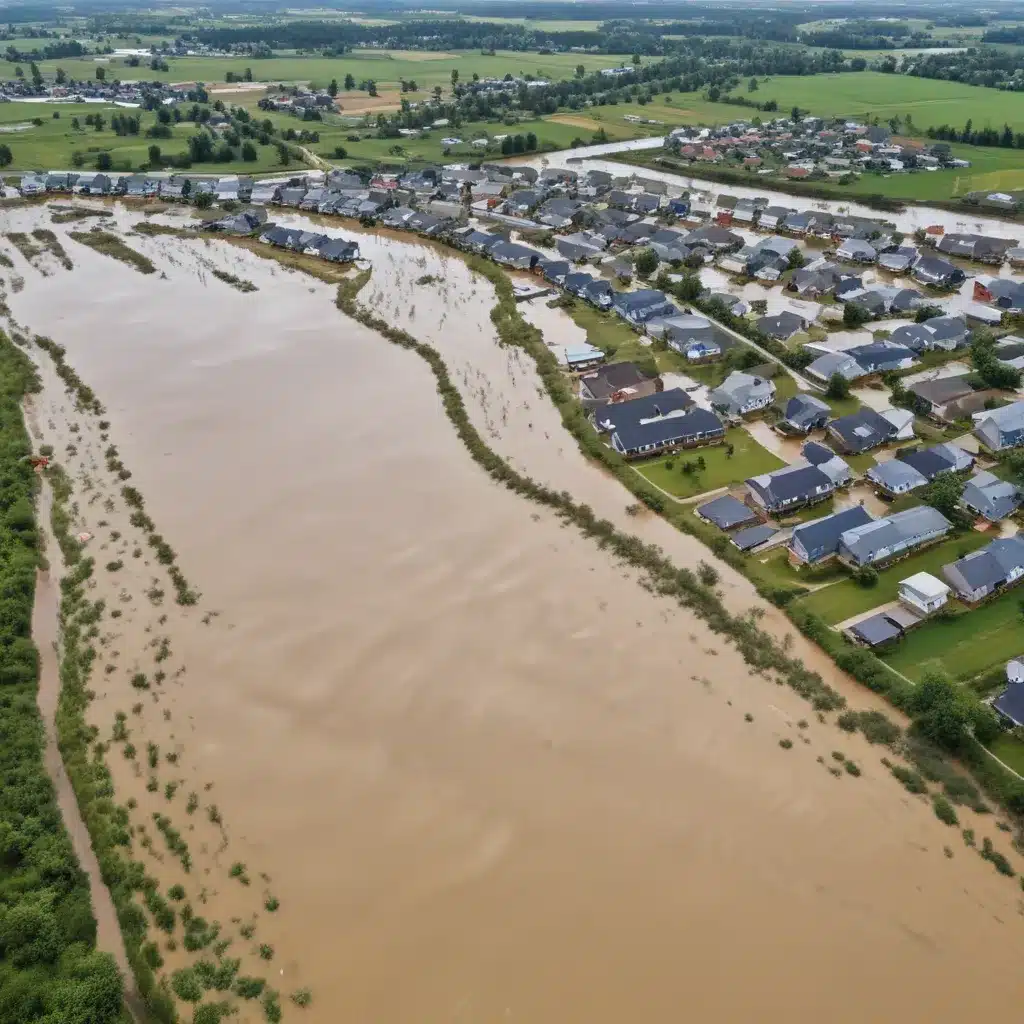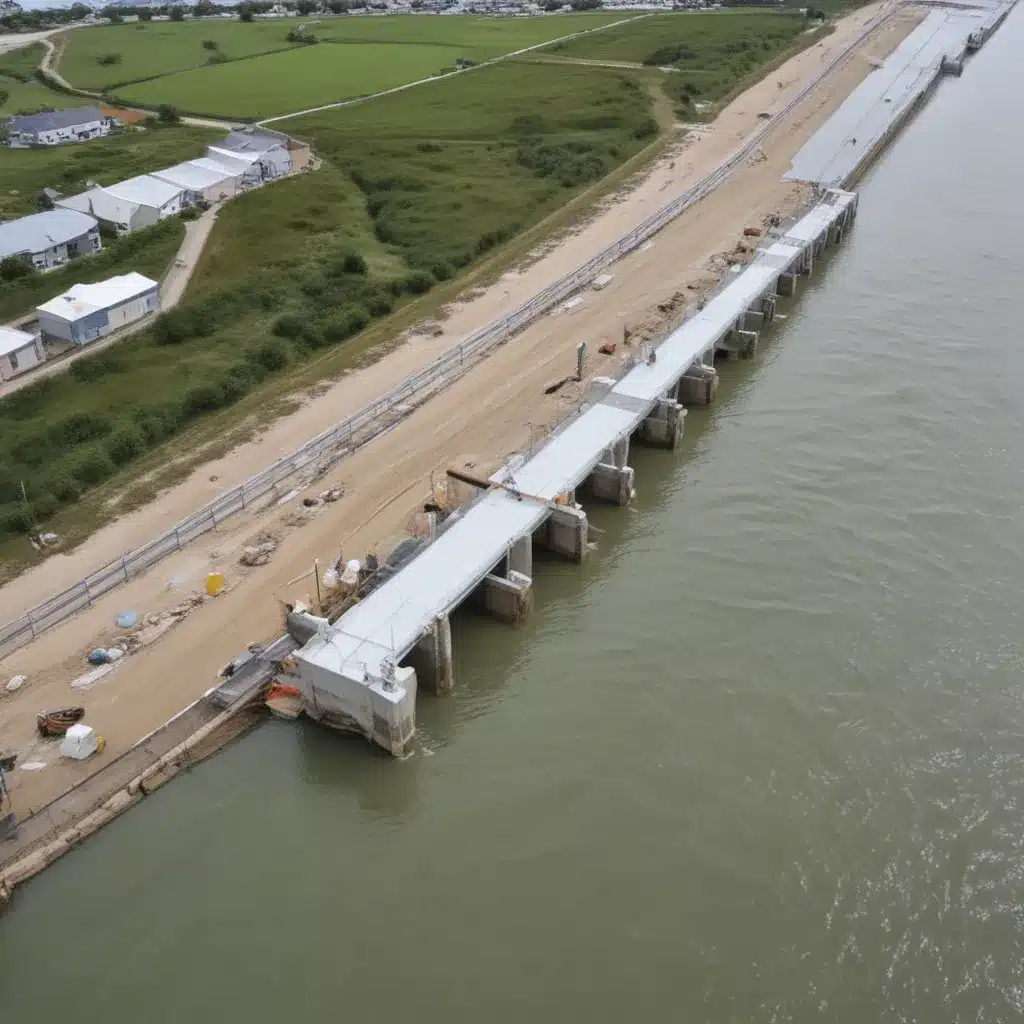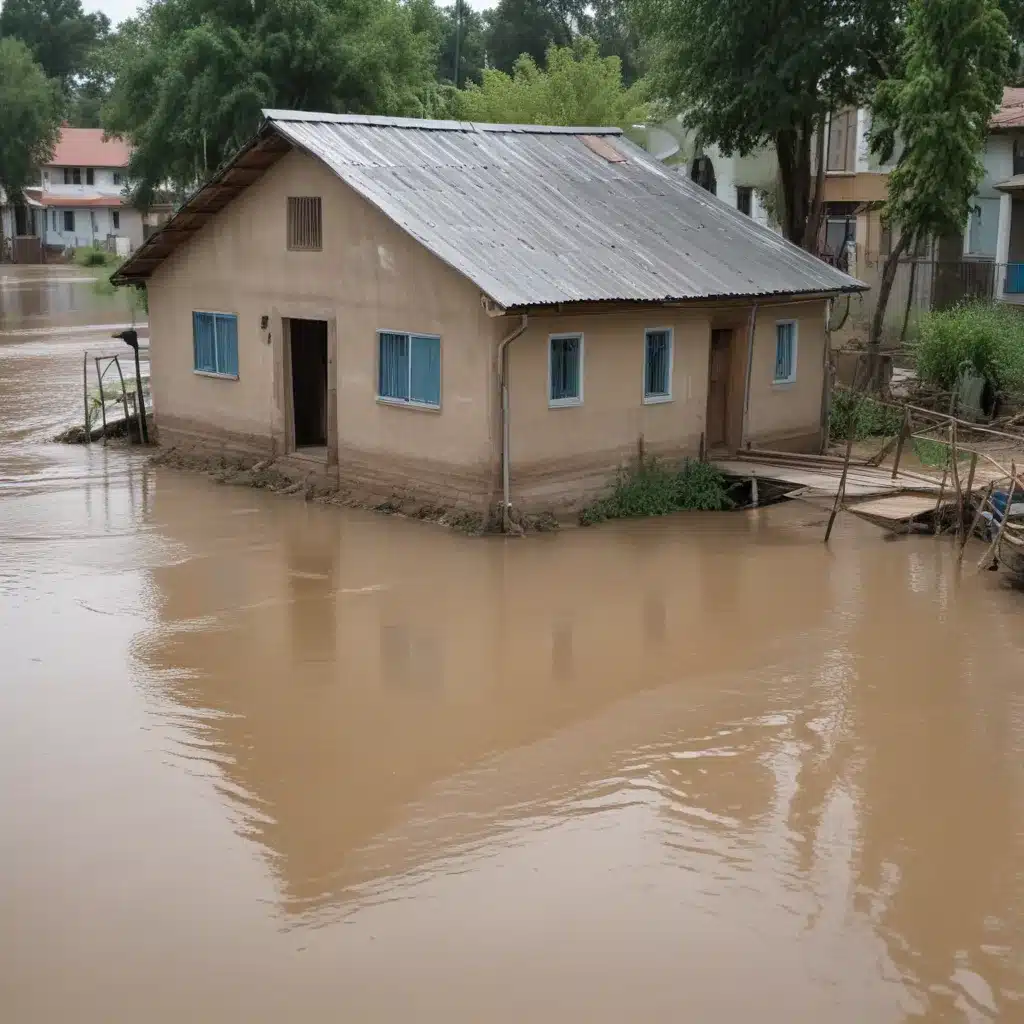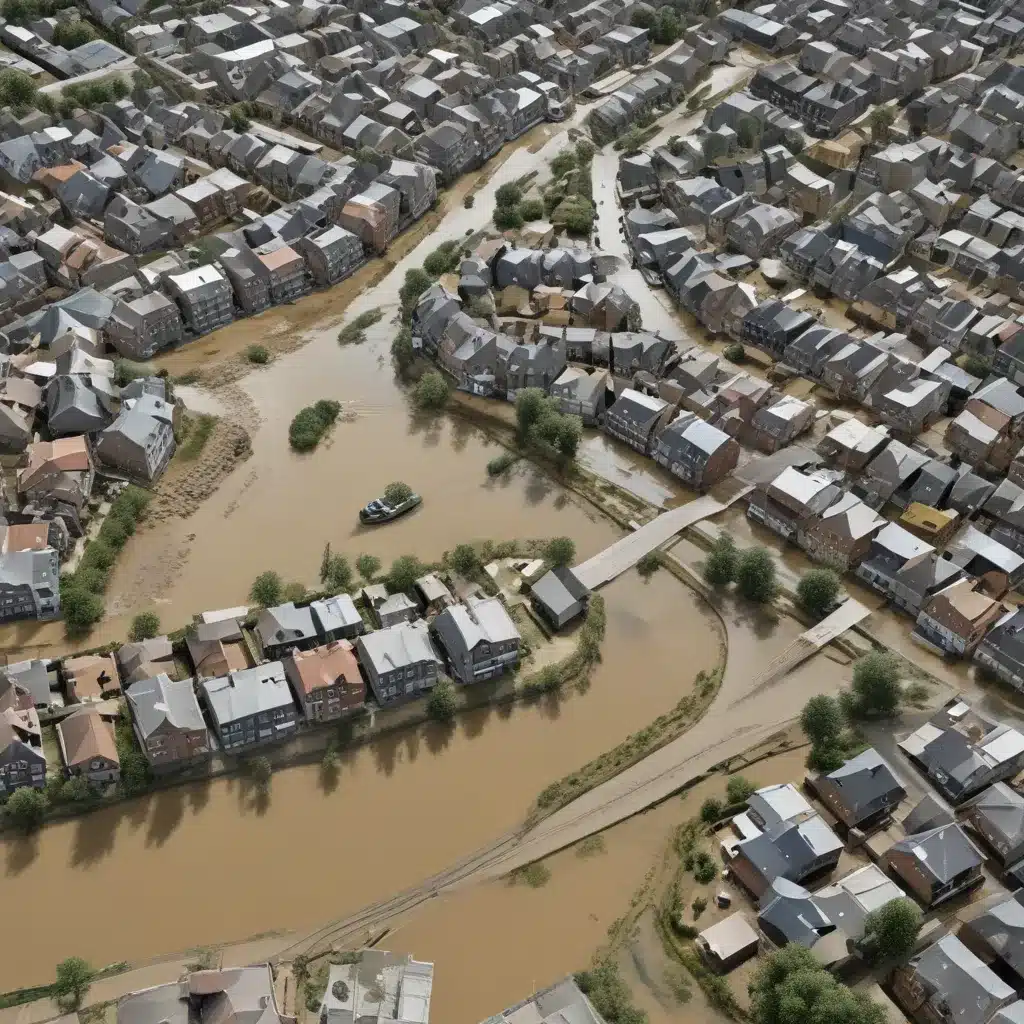
In an era of increasing climate-related disasters, effective flood risk management has become a critical priority for communities worldwide. In our 15 years installing… Traditional top-down approaches to flood control often fall short in addressing the unique needs and perspectives of local stakeholders. However, a growing movement towards participatory methodologies is empowering communities to take an active role in assessing and mitigating their flood risks.
Now, this might seem counterintuitive…
One such innovative approach is the use of participatory 3D mapping and modelling (P3DM). This community-driven technique harnesses the power of spatial visualization and collaborative data collection to enhance flood risk assessment and planning. By involving local residents, experts, and decision-makers in the process, P3DM fosters a shared understanding of the challenges, vulnerabilities, and potential solutions for flood-prone areas.
Flood Risk Assessment
Effective flood risk management begins with a comprehensive understanding of the hazards, vulnerabilities, and exposures within a community. Participatory 3D mapping is an invaluable tool in this process, as it allows for the integration of local knowledge and scientific data to create a holistic risk profile.
Vulnerability Analysis
P3DM empowers communities to identify their unique vulnerabilities to flooding, such as the location of critical infrastructure, the presence of informal settlements, and the dependence of livelihoods on flood-prone areas. By actively engaging residents, particularly marginalized groups, in the mapping process, the resulting model can capture nuanced insights that may be overlooked in traditional top-down assessments.
Hazard Mapping
Through collaborative data collection and spatial analysis, P3DM can help communities map the extent, depth, and frequency of historical flood events. This information is crucial for understanding the patterns and triggers of flooding, which can inform the design of appropriate mitigation strategies. Furthermore, the 3D visualization can enhance the understanding of complex hydrological processes, such as the role of upstream catchments and floodplains, among both technical and non-technical stakeholders.
Exposure Modeling
P3DM can also be used to model the potential impacts of flooding on communities, including the exposure of people, assets, and essential services. By incorporating demographic data, land use information, and infrastructure details, the 3D model can serve as a powerful decision-support tool, highlighting the areas and populations most at risk and guiding the prioritization of interventions.
Flood Control Strategies
Armed with a comprehensive understanding of flood risks, communities can then engage in the collaborative development of tailored flood control strategies, drawing upon a combination of structural and non-structural measures.
Structural Measures
Levee design, dam and reservoir management, and other structural interventions can play a crucial role in flood mitigation. P3DM can support the design and implementation of these measures by involving local stakeholders in the decision-making process, ensuring that the solutions address community needs and concerns. The 3D visualization can also aid in the assessment of the potential impacts of structural measures, such as changes in water flow patterns or the displacement of vulnerable populations.
Non-Structural Measures
In addition to traditional structural approaches, zoning and land use planning, floodplain restoration, and other non-structural measures can significantly enhance flood resilience. P3DM can facilitate the collaborative identification of suitable locations for these interventions, taking into account the diverse needs and perspectives of the community. The 3D model can also serve as a powerful communication tool, helping to build consensus and garner support for these often less tangible yet impactful strategies.
Stormwater Management
Effective stormwater management is a critical component of comprehensive flood risk management. P3DM can play a pivotal role in this process, supporting the design and implementation of sustainable drainage systems and enhancing flood forecasting and early warning capabilities.
Sustainable Drainage Systems
P3DM can aid in the planning and design of green infrastructure and low-impact development solutions, such as bioswales, permeable pavements, and wetland restoration. By involving community members in the mapping and modeling process, these interventions can be tailored to local conditions, priorities, and preferences, ensuring their long-term sustainability and community acceptance.
Flood Forecasting and Early Warning
The detailed hydrological data and spatial visualization provided by P3DM can enhance flood forecasting and early warning systems. By integrating historical flood patterns, real-time monitoring data, and predictive modeling, the 3D model can support the development of more accurate and relevant early warning mechanisms, empowering communities to take timely action and reduce the impacts of flood events.
Community Engagement
At the heart of the P3DM approach is the active engagement and empowerment of local communities. By involving residents, experts, and decision-makers in the mapping and modeling process, P3DM fosters a shared understanding of flood risks and builds consensus around appropriate mitigation strategies.
Participatory Mapping
The collaborative nature of P3DM ensures that the resulting 3D model reflects the diverse perspectives and knowledge of the community. This inclusive process not only enhances the accuracy and relevance of the flood risk assessment but also promotes a sense of ownership and commitment to the implementation of the proposed solutions.
Disaster Preparedness
P3DM can also play a crucial role in enhancing community-based disaster preparedness. The 3D model can be used to identify evacuation routes, designate emergency shelters, and plan for the deployment of relief resources. By engaging residents in this process, the resulting emergency response strategies can be tailored to the specific needs and capacities of the community, improving the overall resilience to flood events.
Integrated Water Resources Management
Effective flood risk management cannot be achieved in isolation; it might want to be part of a broader integrated water resources management (IWRM) approach that addresses the interconnected challenges of water security, environmental sustainability, and climate change adaptation.
Transboundary Cooperation
Many flood-prone areas span multiple jurisdictions, requiring transboundary cooperation and shared governance frameworks. P3DM can facilitate this collaborative process by providing a common platform for the exchange of data, the alignment of policies, and the coordinated implementation of flood control measures across administrative boundaries.
Climate Change Adaptation
As climate change continues to exacerbate the frequency and intensity of flood events, adaptive flood risk management strategies are crucial. P3DM can support these efforts by incorporating climate projections, modeling the potential impacts of rising sea levels and extreme weather, and informing the design of climate-resilient infrastructure and nature-based solutions.
The integration of participatory 3D mapping and modelling into flood risk assessment and planning represents a transformative approach to community-based flood resilience. By empowering local stakeholders, fostering collaborative decision-making, and bridging the gap between scientific knowledge and community experience, P3DM holds the potential to create more inclusive, sustainable, and effective flood control strategies. As communities around the world confront the growing challenges of climate-related disasters, the adoption of this innovative technique can be a crucial step towards building a more flood-resilient future.
Example: London Flood Resilience Initiative 2024

